This solar power guide explains why Australia stands out as one of the best places in the world to harness the power of the sun.
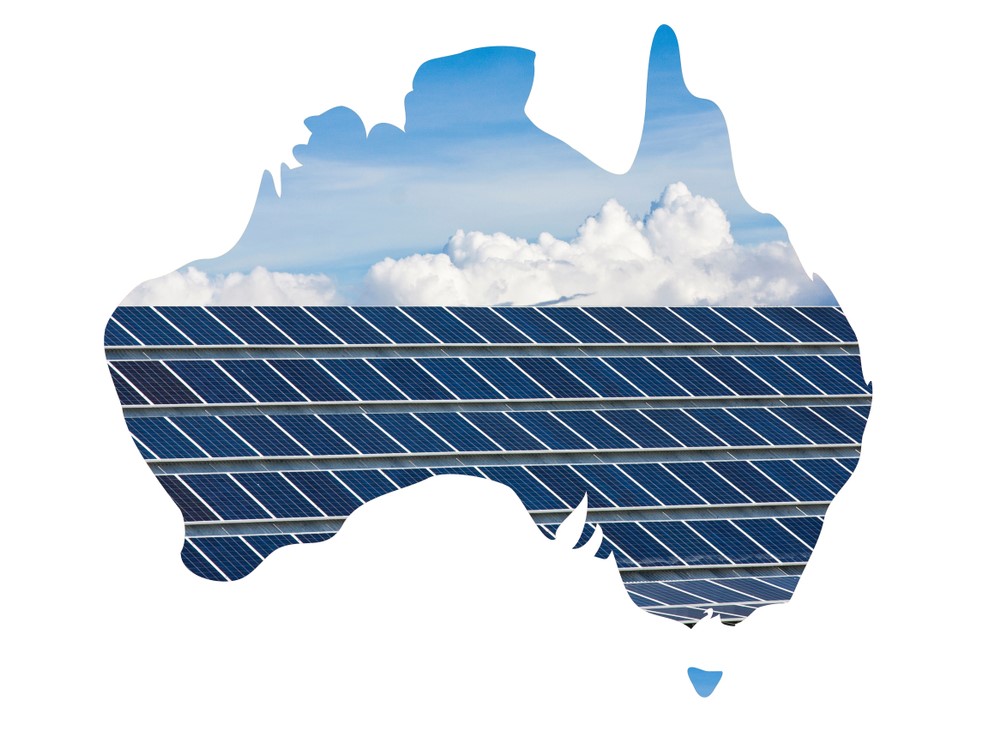
With abundant sunshine and a growing demand for renewable energy, installing a solar power system at your home or business is a smart investment. Not only does it offer financial benefits, but it also contributes to the preservation of our environment.
So, with this distinct advantage, why not delve deeper into unlocking the full potential of solar energy?
Solar power represents a sustainable and environmentally friendly energy source derived from the sun’s abundant heat and light. Through sophisticated technologies, sunlight is converted into usable energy, whether in the form of electricity or thermal energy for heating air and water. Moreover, solar power extends its utility to the production of solar fuels, including hydrogen.
In recent years, the demand for solar power has surged exponentially, surpassing other energy sources. This surge can be attributed to remarkable advancements in technology, leading to substantial cost reductions.
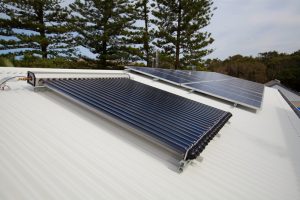
Solar energy is harnessed through two primary methods: solar thermal and solar photovoltaic (PV). Solar thermal technology captures solar radiation to generate heat, while solar PV directly converts sunlight into electricity using semiconductor materials in cells. This image shows evacuated solar hot water tube and solar PV panels.
How Does Solar Power Work?
Solar power works by converting the sun’s energy to produce electricity and heat. This process primarily involves solar panels, which can be installed on residential rooftops or spread across larger areas in solar farms.
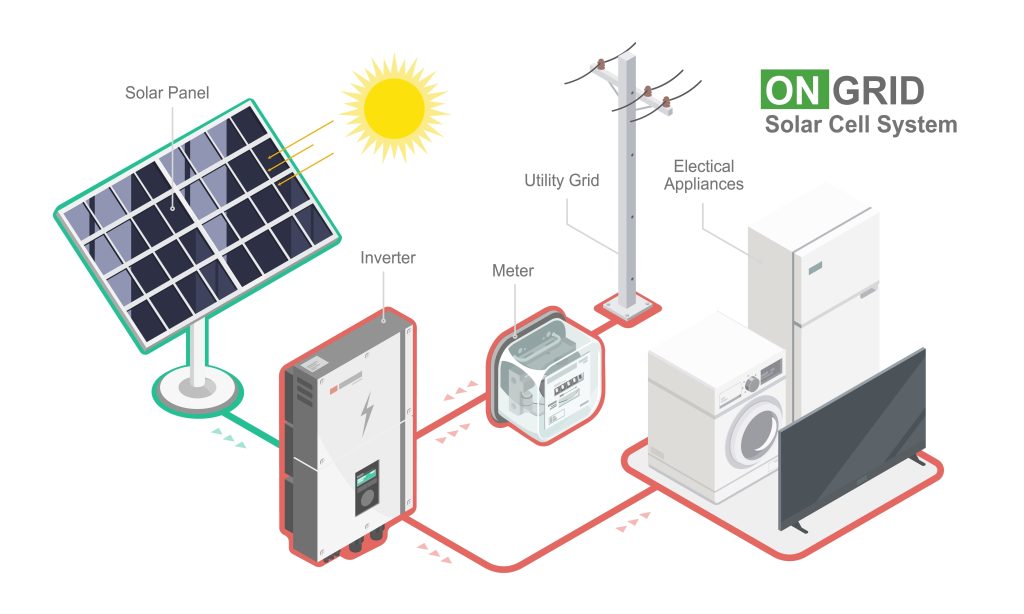
These panels convert the sunlight into DC electricity. This DC electricity, however, is not directly usable in most home appliances, which operate on alternating current (AC). That’s where a solar inverter comes into play. The inverter’s job is to convert the DC electricity produced by the solar panels into AC electricity.
This conversion allows the energy generated by solar panels to power everyday appliances like refrigerators, dishwashers, and pool pumps. It reduces reliance on the traditional electricity grid.
Any demand from the property will supplied from the solar inverter first, and then if there is any ‘excess’ power this will be fed back into the grid (generally you’ll receive a payment for this).
The following video is a perfect introduction for beginners and those curious about how solar electricity works. It might seem magical, but the process is actually quite simple.
Components of Solar Power
There are six essential components of a solar power system:
1. Solar Panel
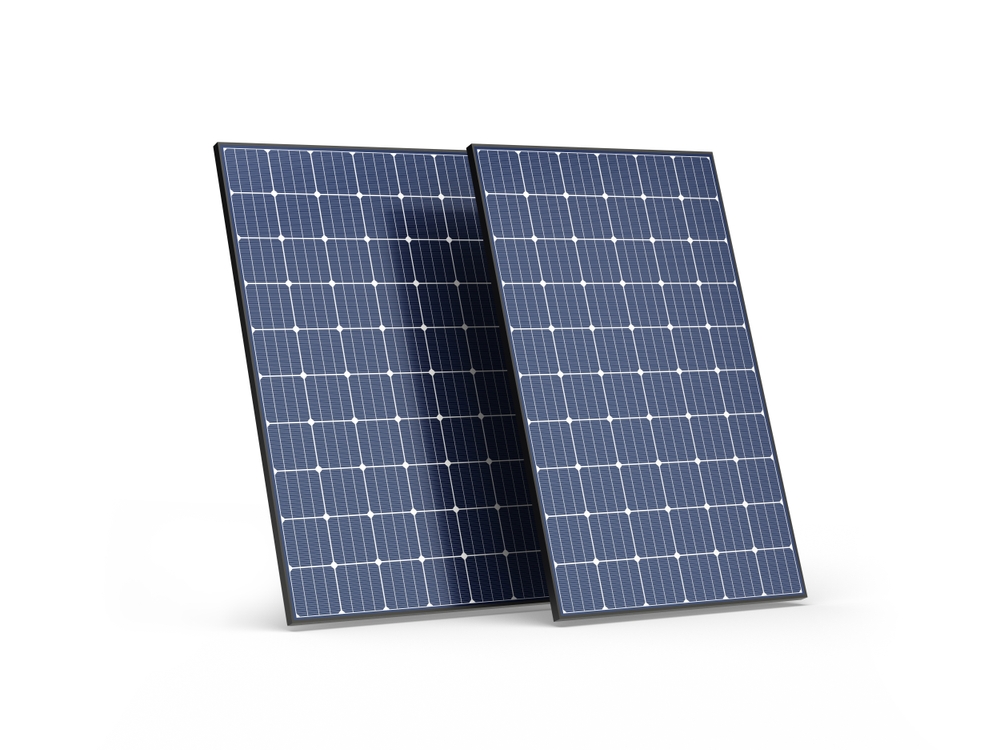
This is the most visible part of a solar system. Solar panels consist of photovoltaic (PV) cells that convert sunlight into electricity. Essentially, solar panels harness the energy of the sun to produce electric power.
Read more on our solar panel guide
2. Solar Inverter
The inverter is pivotal, converting direct current (DC) electricity from solar panels into alternating current (AC), the standard form of electricity used by most household appliances and the electrical grid.
Read more on our solar inverter guide
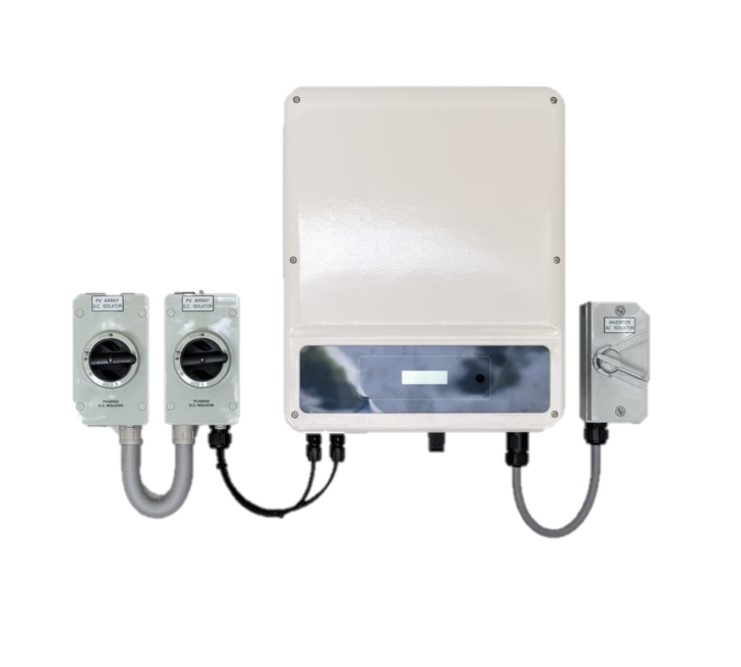
3. Charge Controller
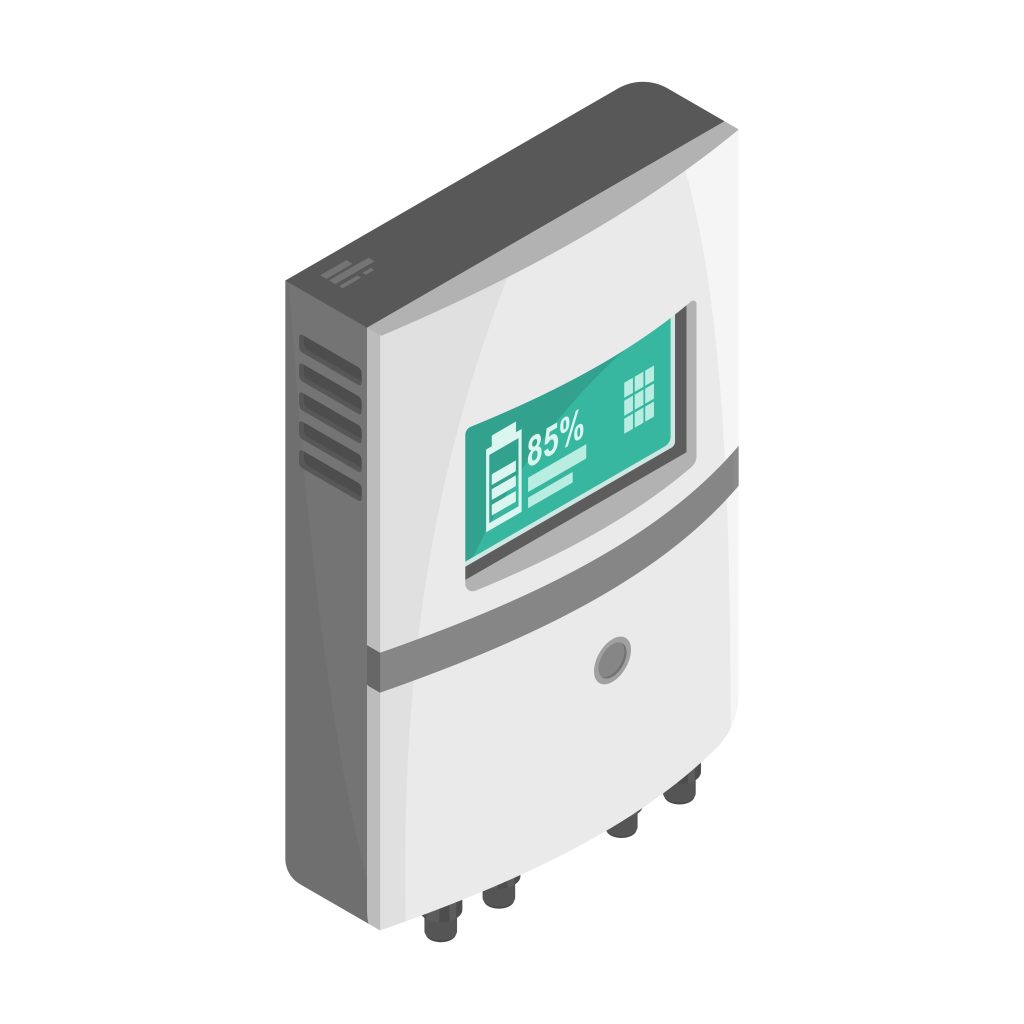
A hybrid inverter incorporates a built-in battery charge controller, a crucial component that regulates the flow of electricity from the solar panels to the inverter and any batteries in the system. Its primary role includes ensuring proper battery management by controlling the charging and discharging of the battery. The charge controller helps extend battery life, ensuring efficient energy storage for your solar power system
4. Solar Battery
Some solar power systems incorporate batteries to store excess energy generated during the day. This stored energy can then be utilised during periods when sunlight is unavailable, ensuring a continuous electricity supply. Some systems also offer backup power to dedicated power circuits for power supply during blackouts.
Read more on our solar battery guide
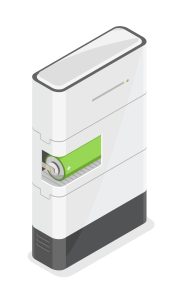
5. Mounting/Racking Systems
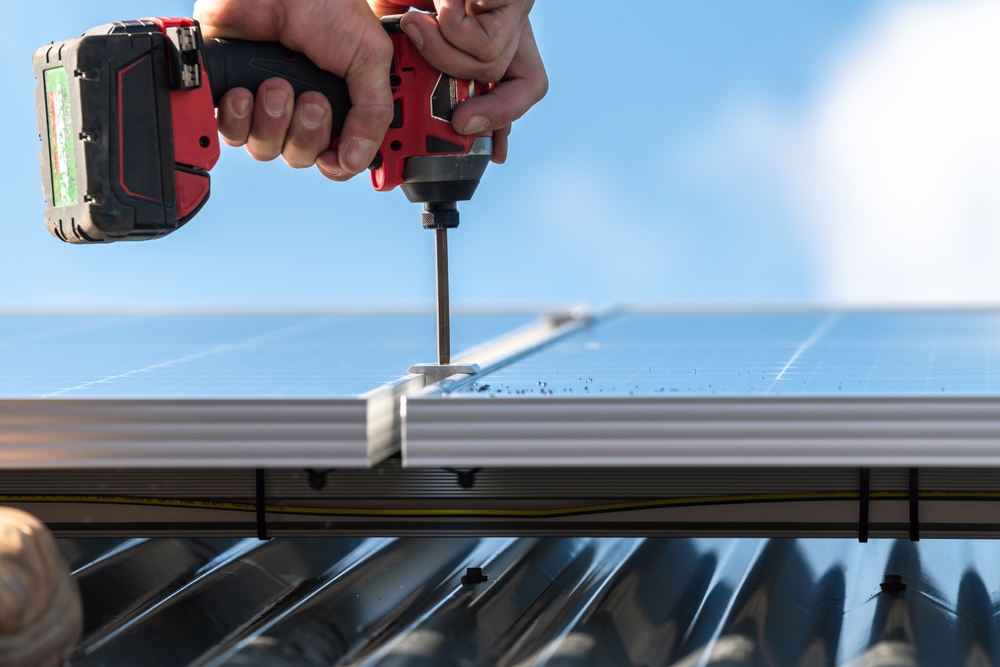
Solar panel mounting systems securely attach solar panels to rooftops or the ground. These systems, made from durable materials like anodised aluminium, offer stability, durability, and weather resistance. They also provide adjustable features for optimal sunlight exposure. Proper installation is crucial, considering factors like roof type, load capacity, and local building codes.
6. Monitoring System
Solar energy monitoring platforms track solar and battery performance, offering real-time monitoring, analysis, fault detection, historical data storage, and reporting. They are essential for optimising performance, identifying issues, and maximising system benefits.
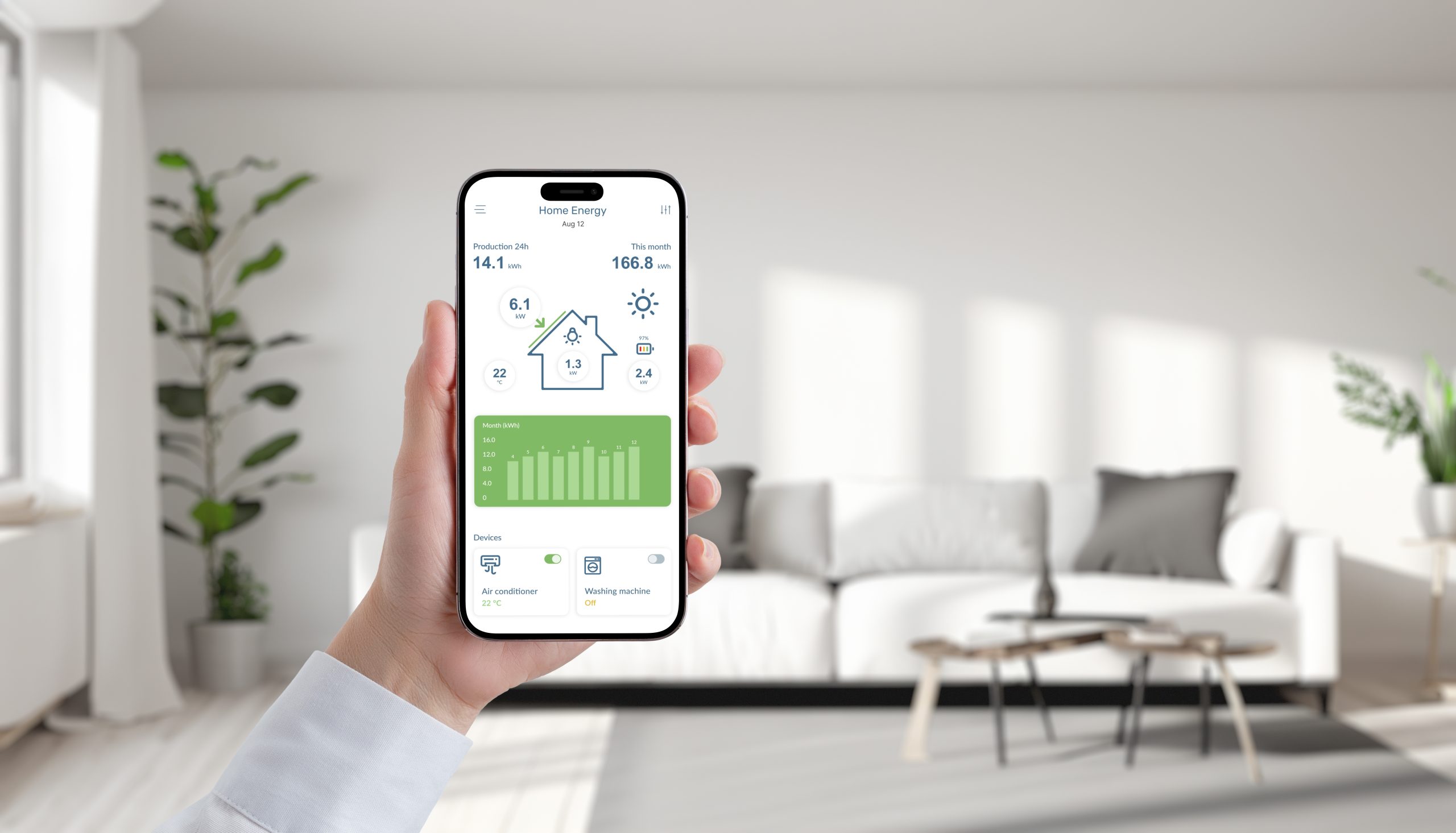
Together, all these components work seamlessly to capture the sun’s energy, convert it into usable electricity, and manage the flow of that electricity to meet energy needs efficiently.
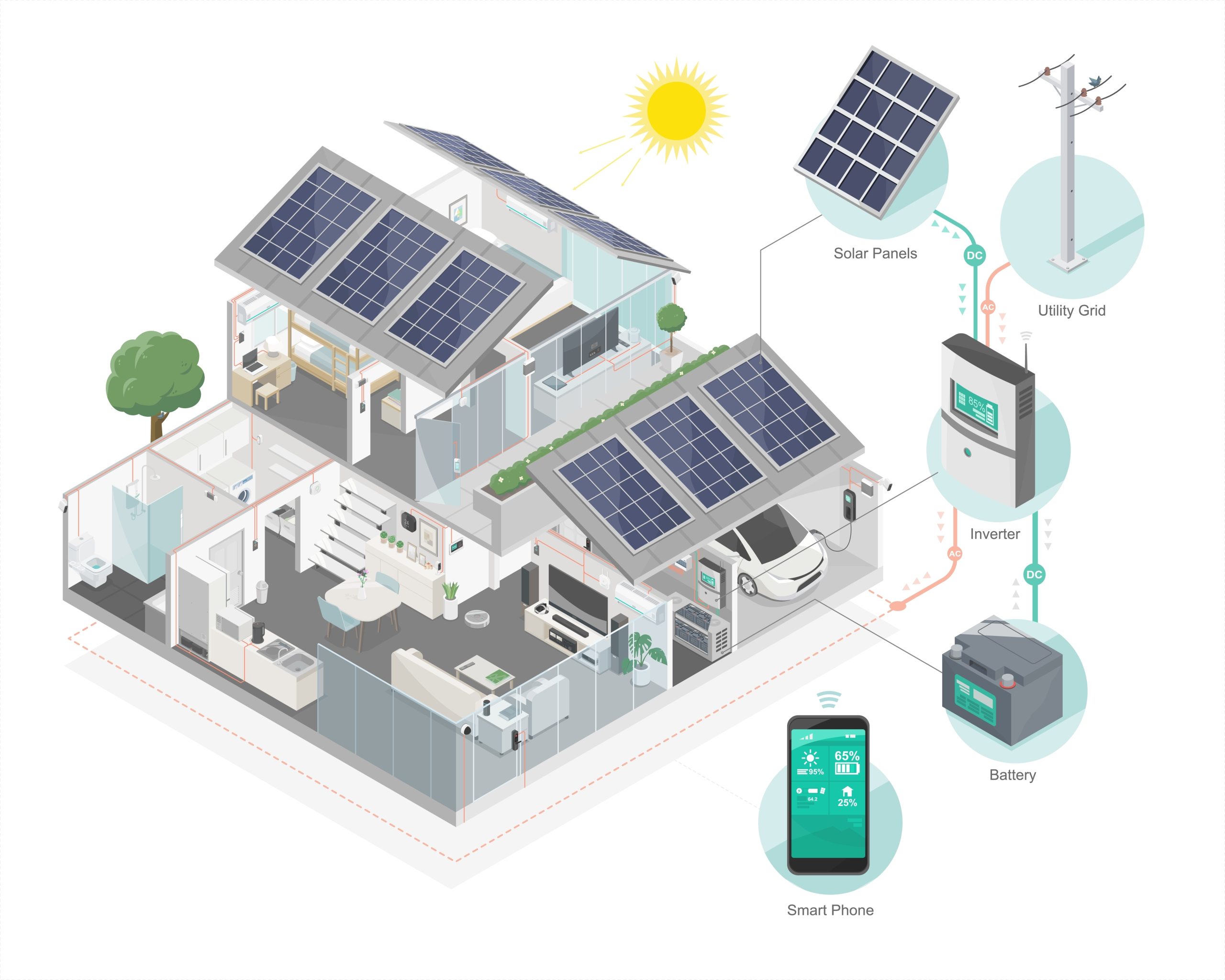
Solar Power Energy Benefits
Installing a solar power system in your home or business comes with various benefits.
1. Save Money on Your Electricity Bills
Harnessing solar power can significantly reduce your electricity bills. Imagine leveraging the sun’s energy to power your home while paying reduced costs each month. By adopting a solar system, you generate your electricity, diminishing reliance on the grid.
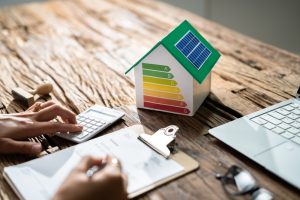
This translates to reduced energy consumption from your electricity provider, potentially resulting in substantial savings off your electricity bills.
The key lies in optimising the utilisation of the power you produce during the day, whether instantly or through storage with a battery. Moreover, surplus energy in some instances can be sold back to the grid.
2. The Sun is Always Available
The sun won’t run out of energy anytime soon. It’s a reliable source of power that’s always there, day after day. Whether you live in a bustling city or a remote area, the sun shines on us all.
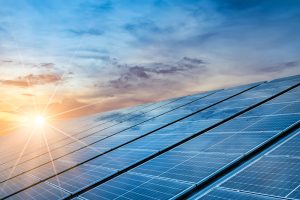
Even on cloudy days, the sun provides enough diffuse light for solar panels to produce electricity.
As solar technology continues to improve, increasing the efficiency of harnessing sunlight even in less sunny locations. Solar systems today are designed to capture sunlight year-round.
3. Reduce Your Carbon Footprint
Solar energy doesn’t produce harmful emissions. It is a clean and green renewable energy source that produces no greenhouse gas emissions.

By installing a solar system, you can reduce your carbon footprint and help combat climate change. This is an important consideration for many people who are looking for ways to live more sustainably.
Do your part to help the planet with NET ZERO 2050.
4. Take Advantage of the Government Incentives
The Australian government offers incentives and rebates for homeowners and businesses that install solar systems. It’s like getting a helping hand to save money and the environment.

These incentives can help offset the cost of installation and make solar power more affordable for everyone. Going solar energy is as easy as ever.
In addition, some states and territories offer feed-in tariffs. It allows you to sell excess energy back to the grid and earn money for your solar power generation.
5. Enjoy Long-Term Savings
Solar technology is getting better and cheaper. It’s a cost-effective investment that keeps on giving, with benefits that grow over time.

Solar panels alone have a long lifespan and require minimal maintenance. In fact, most solar panels come with a warranty of 25 years or more. Which means you can enjoy decades of savings on your electricity bills.
The biggest decision is choosing the best installer so should you encounter any warranties issues, they do it all for you.
6. Increasing Home Value
Homes with solar panels are hot properties. They have lower electricity costs for the new owners, a big selling point.
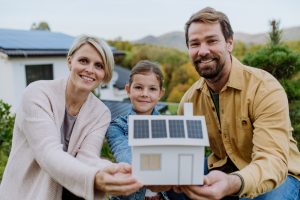
Solar panels also give your home a modern edge that many buyers love. They can make your home stand out and possibly sell faster.
Solar systems are smart investment with lasting benefits for any future buyers.
7. Power During Outages
With solar panels and a battery, you can keep your lights on even when the grid goes down. It means you’re not left in the dark during power cuts.

You can still charge your phone, keep the fridge running, and have lights on. It’s like having your own mini power station at home. No need to worry about food spoiling or sitting in the dark.
It’s all about staying powered and comfortable. It’s peace of mind, powered by the sun.
8. Growing Solar Community
You don’t need to own a home to go solar. Community solar programs let everyone join in, sharing the benefits of clean energy.
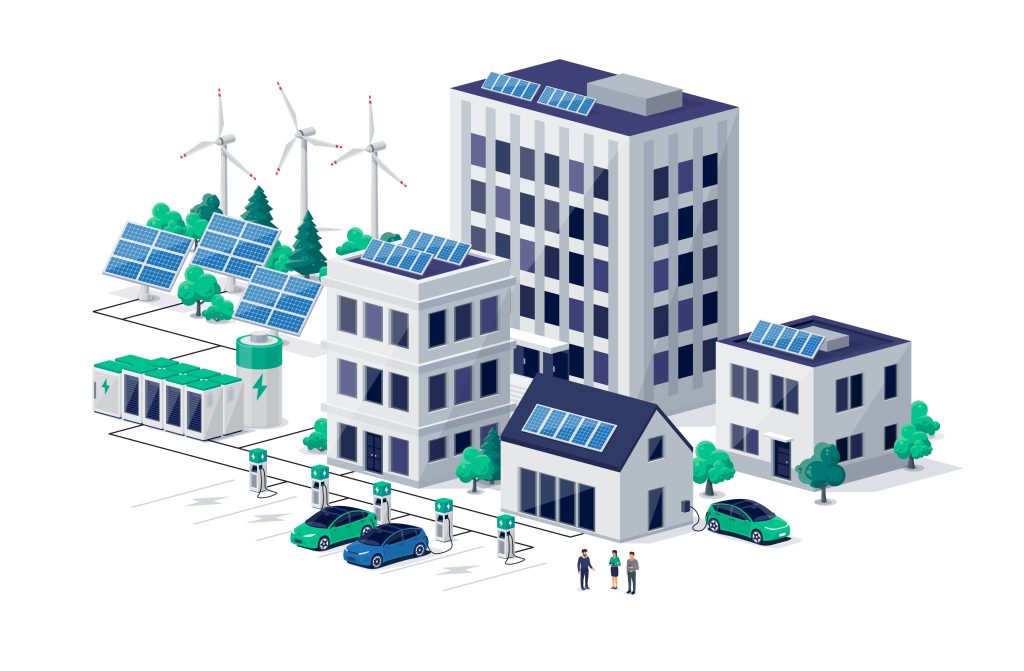
These programs allow renters, apartment dwellers, and those without suitable rooftops for solar panels to invest in solar energy.
By subscribing to a community solar project, you can support renewable energy, even if you can’t install panels on your own property. It’s a collective effort that makes solar accessible to more people.
Pros and Cons of Solar Power
Solar power is a game-changer for many. But like any technology, it comes with its own set of pros and cons that are worth considering before making the switch.

Pros of Solar Power
- Saves Money on Bills. By harnessing the sun’s energy, solar panels can substantially reduce your electricity bills, alleviating the need to purchase power from the grid.
- Low Maintenance. Once installed, solar panels demand minimal upkeep, primarily limited to occasional cleaning, ensuring hassle-free operation.
- Eco-Friendly. Solar energy stands as a clean, environmentally friendly alternative, reducing carbon emissions and playing a vital role in combatting climate change.
- Renewable Energy Source. With the sun’s inexhaustible energy, solar power remains a dependable, renewable energy source, promising sustained access to clean energy for generations to come.
- Increases Home Value.
Homes featuring solar panels can enhance desirability and attractiveness to potential buyers, representing a smart investment with enduring benefits
Cons of Solar Power
- High Initial Cost. Despite its long-term benefits, the initial investment required for solar panel installation and setup can be considerable.
- Efficiency Dependent on Weather. Solar efficiency fluctuates on cloudy or rainy days, as panels rely on sunlight for power generation.
- Space Requirements. Generating significant power necessitates ample roof space for panel installation, posing a challenge for properties with limited space availability.
- Efficiency Declines Over Time. Solar panels and batteries may experience diminishing efficiency as they age, typically after 20-25 years for panels and around 10 years for batteries.
How to Use Solar Energy at Home
Harnessing solar energy at home is simpler than you might think. Here’s how to make the sun work for you, day in and day out.
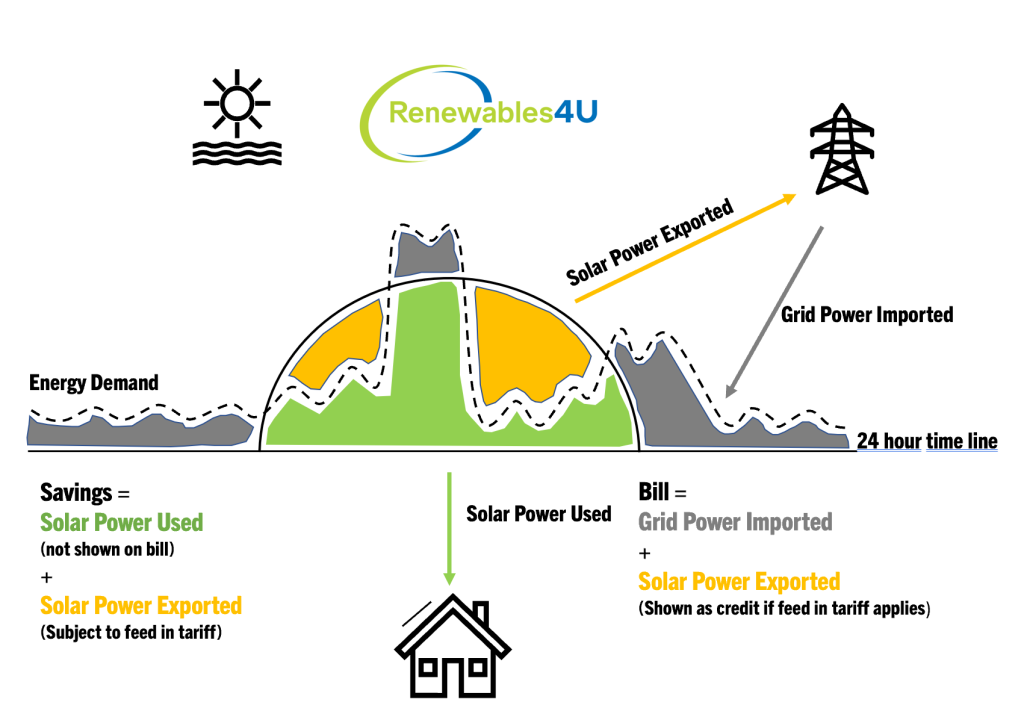
- Use appliances during the day. This way, you’re using free solar energy instead of paying for electricity from the grid.
- Charge your gadgets during the day. This small change means you’re using solar power directly.
- Set timers for appliances during peak solar hours. This could be midday for north-facing panels or morning and late afternoon for east and west-facing panels, respectively.
- Use your solar energy to heat or cool your home during the day. Adjusting your home’s temperature while your panels are generating power means less reliance on the grid later.
- Consider using an electric cooker. It can cook your meal throughout the day using the sun’s power, ready for dinner time.
- Upgrade to efficient appliances that can run on solar power during the day or have battery storage for use at night.
- Using an energy-efficient hot water system, like a heat pump, can run on solar power, significantly reducing your energy bills.
- Regular checks and maintenance ensure your solar setup runs efficiently, maximizing your savings and energy use.
- Transitioning everything from gas to electric appliances. It lets you use more of your solar power, further reducing energy costs.
- If you often have excess solar power, consider a solar battery. It can store this energy for use at night, maximizing your solar use.
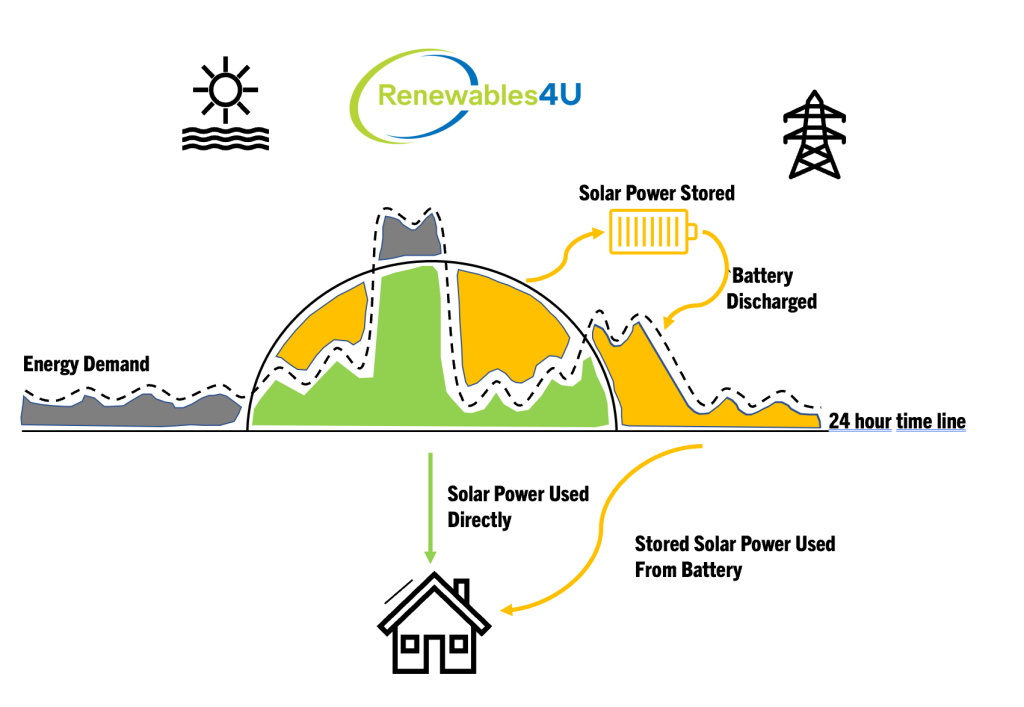
By aligning your energy use with solar energy production, you can significantly cut down on electricity bills and make the most out of your solar investment.
Finding the Right Solar Installer
Before diving right into installing solar systems, it’s crucial to get quotes from local, Clean Energy Council (CEC)-accredited installers. These professionals adhere to the highest industry standards, ensuring your solar system is not only efficient but also safely installed.
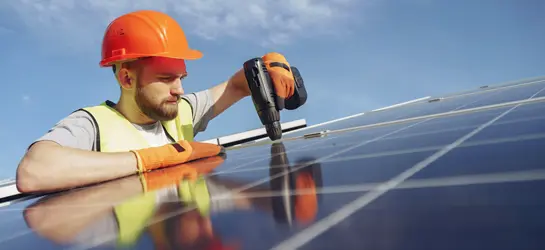
Comparing quotes allows you to find the best deal and the right system size for your home. So you maximise your investment and energy savings.
Ready to embrace solar energy? We can get you free quotes from trusted, CEC-accredited solar installers in your area.
